Here’s what happened when BBC Radio Orkney’s Huw Williams came to my studio recently to interview me for the monthly arts programme ‘Tullimentan’.
Click the image above to play the programme on BBC Sounds. Our conversation comes in at about 20 minutes in but the whole programme is worth a listen. And if you’d like to browse the art on my website while you listen click here.
Prefer to read?
Scroll on down for a transcript of my conversation with Huw, sprinkled with a few pictures of my recent paintings.
Life Raft Co-Working Wednesday
Here’s the link to our weekly Wednesday Life Raft Co-Working, 3 - 4 pm UK time. It’s a chance to work on whatever you wish, in creative companionship, with a little chat at the start and finish. The link is the same each week, so you can save it.
TRANSCRIPT
Hugh Williams
My name is Hugh Williams and this is Tullimentan, the monthly arts and culture programme from BBC Radio Orkney. Still to come, that long interview with the authors of a recent Routledge Performance Practitioners book celebrating and exploring the voice training work of the late Kristin Linklater. But before that, time to meet Birsay-based artist Samantha Clark, named at the end of last year as the winner of the first RSA, MacRobert Art Award for Painting, £20,000 to give her 12 months to research and develop new work. She describes what she does as a 'meditation on water and time and a response to the dynamic natural environment of Orkney'. And whether you knew it or not, you almost certainly will have seen some of her work, that large piece that's on show across much of the foyer of the Balfour hospital.
Samantha Clark
There is something inherently complicated about water when you look at it, because it's transparent, but it's also reflective. So whenever you look at a body of water, you're seeing the light bouncing off the surface of it. And then suddenly it flips and you're looking through it. So it's like a magic eye painting, you know. You can actually look down at a rock pool and you can see the clouds above your head, and then you can see the sea anemone at the bottom of the pool. That's a change of the mind rather than a change of what you're looking at.
So when I'm trying to convey that, I'm trying to find a visual complexity in painting that is equivalent. Obviously, it's not going to be the same. I'm not trying to copy what it looks like. It's not absolutely representational the way that I work, but it's an attempt to mimic I suppose, or explore that visual complexity or that sense of depth, of being able to look through something or to look at the surface of something. And for me, painting is the perfect kind of medium for that kind of exploration because if you think of a painting, it's just pigment on a surface. So you can look at it as pigment on a surface. And then suddenly there's this sort of trick of the eye where suddenly you're looking through the picture as if it was a window through beyond into something beyond.
And so you're constantly playing these games of illusion when you look at painting. So for me that's such a fascinating thing to play around with and explore.
Hugh Williams
I don't know if this is right, but I'm guessing that the canvases on the wall and then on the table in front of us show something of the progression of how you assemble a picture. So there's one which is looks almost as though it's just been grey washed, although it's a bit more complicated than that, but there is a kind of stipple effect. Then there are two next to it that have got great big swirls of pale blue on them, which I assume is kind of built up on the grey background and then on the table is a much I guess closer to completion, which is again layers on top of layers on top of layers. Is that how you work?
Samantha Clark
Yeah, that tends to be the way that I work. I mean, for example, for the Balfour, that was such a big scale piece. I had to do it in sections at one to four scale, laying it flat and laying washes of colour again and again and again, and letting them evaporate and letting those evaporation marks appear, and trying another layer and another layer.
Then I had to get them scanned in and I drew each circle in that mural by hand, on a graphics tablet, so that I could zoom right in and see it as if you were standing nose to the wall, and then zoom right out and see all 30 metres the final mural. Then it was sent south and printed onto vinyl and installed all in a day. They stuck it up like wallpaper. It was incredible seeing it emerge.
Hugh Williams
But that means a huge amount of trust in the people who are taking your design your artwork and printing it at scale, doesn't it?
Samantha Clark
Yeah, it was quite nerve-racking because I'd been working on it for months and months, but I took a lot of time. I went down and I visited them and I spoke to them, and I communicated with them throughout the process, and they sent me test prints so I could see the colour balance and so on.
But that was slightly different from the way that I'm working in the studio here. These are pieces that you see that are in progress. So the grey panel that you see is actually an aluminium panel. I like working on aluminium rather than canvas because I like the smoothness of the surface. I can get a really crisp line. And it's also really robust. It won't warp or anything. So when I'm throwing water all over it, it's going to stay stable.
So that's the first stage and then sometimes I work on aluminium leaf or metal leaf, like gold leaf, you can apply it to any surface and then paint over the top of that. And then again, as you see there's some that are at a stage of having the washes starting to go down on them and, sometimes they spend quite a lot of time at that stage. I've got those up on the wall while I just think about where they need to go next.
Hugh Williams
You talk about literally throwing water onto the surface so the images that we see are made by water?
Samantha Clark
Yeah, I like using water-based media for that reason because water has its own movement and its own processes of evaporation and it interacts with the pigments in different ways. Different pigments have different particle sizes, so they behave slightly differently so there's always surprises in how it works out. So yeah, using water-based media is part of that. And then, over the top of those once they're dry, and I think they're ready for the next stage, then I start the process of drawing over the top of them, which kind of takes a different mood that's much quieter and more repetitive. And again, I use water-based acrylic pigment inks to draw with over the top.
Hugh Williams
When I first talked to you, it was about your book, The Clearing, which is an extraordinary account of clearing a house and what was revealed about the family history and relationships. We talked a lot about the 'ether', that kind of mysterious stuff that is both there and isn't there, that we broadcast through. Reading your bio, I see that you started actually as a tapestry artist. So you are a kind of Renaissance woman - you've gone from a tapestry to writing to award-winning painting, and you mentor artists and writers, don't you?
Samantha Clark
Well, you've got to remember I've been at this quite a long time! So this hasn't happened overnight. You know, it's over a career of 30 years so far. So yeah, I did an undergraduate in tapestry, and now this painting process seems to me to be coming full circle in a way because it has the same kind of repetitive, methodical process. So I feel like in a way I'm coming home with it.
Hugh Williams
Was the writing a bit of a spur off the tree or do you see a continuity there as well?
Samantha Clark
I do see a continuity. I mean, the writing has always been there behind the scenes. It was there in notebooks and diaries. I used to be a great letter writer back in the days when people still wrote letters to each other. And that's also come into play in the coaching that I do. I did quite a lot of teaching in Higher Education for a long time. And this for me is a way to bring that experience and share it with younger artists. And when I say younger, it's not necessarily in years, but in their practice. And I often do that through correspondence or writing back and forth. It's a bit like having a pen pal, a creative pen pal.
Hugh Williams
And you've written journal articles as well. For example, are you still doing that?
Samantha Clark
I'm not in academia anymore. The rigour of writing academic journal articles is a particular skill and for a while I really enjoyed it. It was a bit like weightlifting, you know, you're really exercising those muscles! But I'm not writing in that way anymore. But, yeah, I'm still writing creatively. And I also have a weekly...well it's not really a newsletter. It's a letter that I have subscribers that I write for every week.
Hugh Williams
Kind of a blog?
Samantha Clark
It's like a blog. Yeah, it's on Substack which is a kind of, yeah, renaissance of the old Blogosphere, so it's a really nice platform. I really enjoy using it. So writing is still there. Yeah.
Hugh Williams
We talked a bit about the fascination for water it's fascinating to think about how much part of this house and where you are has played in that because you're conscious of water the whole time coming from Boardhouse Loch, you've a burn and fish ladder just outside the front door.
Samantha Clark
Yeah, I can't really avoid it, can I! And sometimes it's lashing down at you in the rain!
I wrote about ether in The Clearing and I just moved to another element which is water now. So there is a continuity there! And yes, you hear water or you see water from this house from most of the windows. You can just see the sea, about a mile off, and it's informed and shaping everything that I'm doing now.
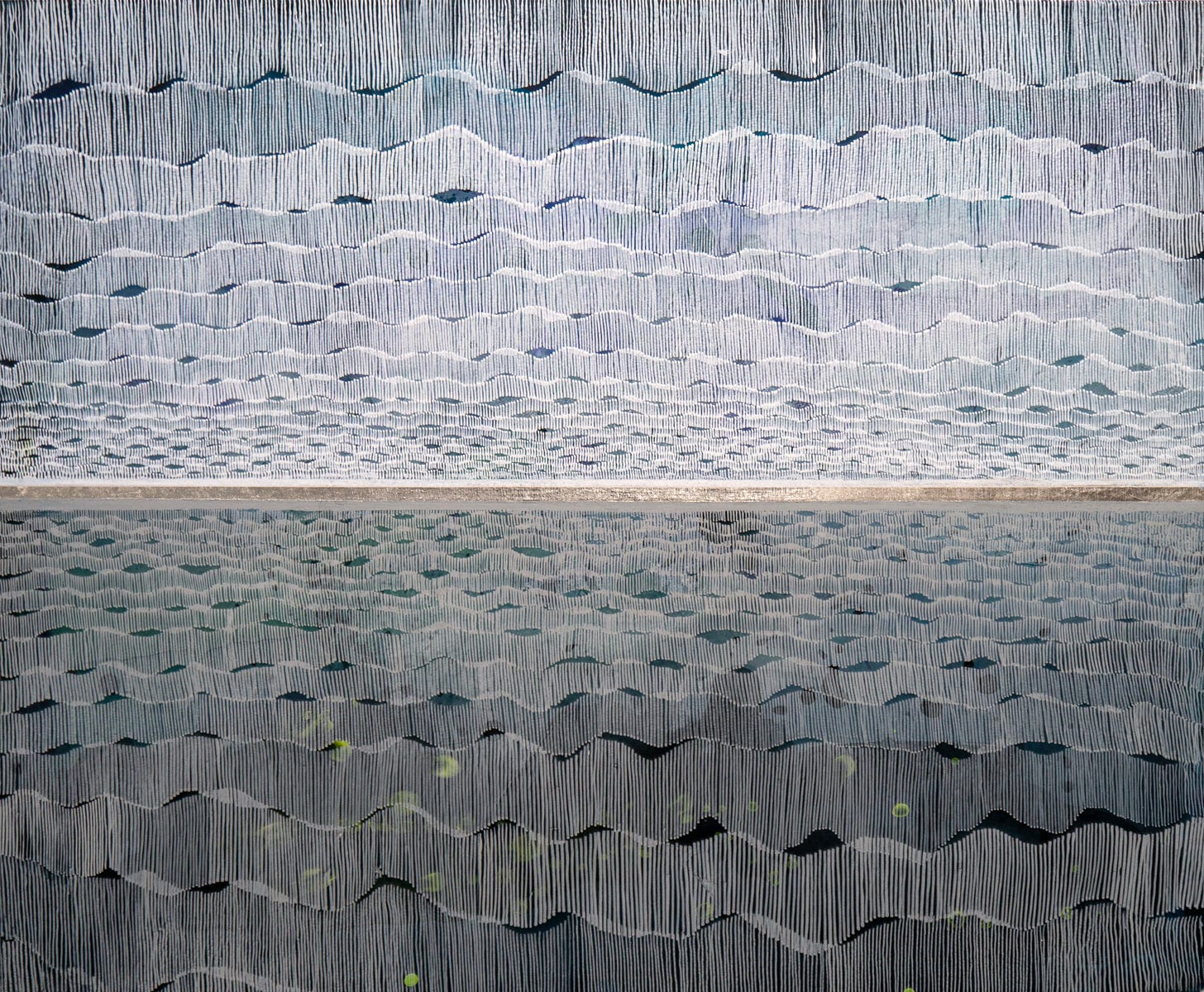
Hugh Williams
Water is a fascinating thing to think about, isn't it? Because I suppose my immediate thought is of its beauty. It can be stunning to look across Boardhouse or go to the seaside and watch the waves crashing. But it's also really powerful and it transforms and shapes the earth, doesn't it?
Samantha Clark
Yeah, absolutely. Gorgeous. Its carved river valleys. Unbelievable. It really shapes the planet, doesn't it, and it drives the climate. And it keeps us alive. Our every cell needs water to metabolise and yeah, it's kind of an endless subject of contemplation.
Really, the more you think about it, the more complicated and interesting water gets. It's a boundary that's not really a boundary - anybody who lives on an island knows that water is as much a connection as it is a boundary line. The seashore that you mentioned earlier, it's not actually an edge at all. It's just where the land sinks underneath the water. The land carries on. It's just the water sort of lips up over the top of it and that boundary is moving all the time.
So when you're thinking about boundaries between yourself and the world, water soon starts to dissolve that. I mean, you can feel water in your mouth, you know, and the moisture in your mouth. If you touch your eye you can feel, you know, we're wet inside and out!
So as a substance it's had so much significance culturally. Spiritually as well. Water has real spiritual significance, all the holy islands that are dotted around, all the 'Papays', the monasteries The monks came to the western seaboard of Europe because we didn't have desert in Europe. So they talked about the Desert Fathers going to the desert to seek communion with something greater than themselves. Whereas in Europe, they came to the sea, because for them that was how they got closer to what they understood as the divine. So the water, the presence of water has always had this other aspect to it, which is beyond the physical as well.
Hugh Williams
Samantha Clark, talking to me at her studios in Birsay. You're listening to BBC Radio Orkney, this is Tullimentan, I'm Hugh Williams.
Want to know more about The Life Boat?





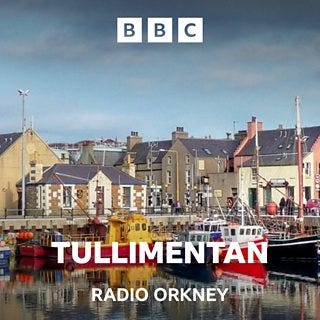
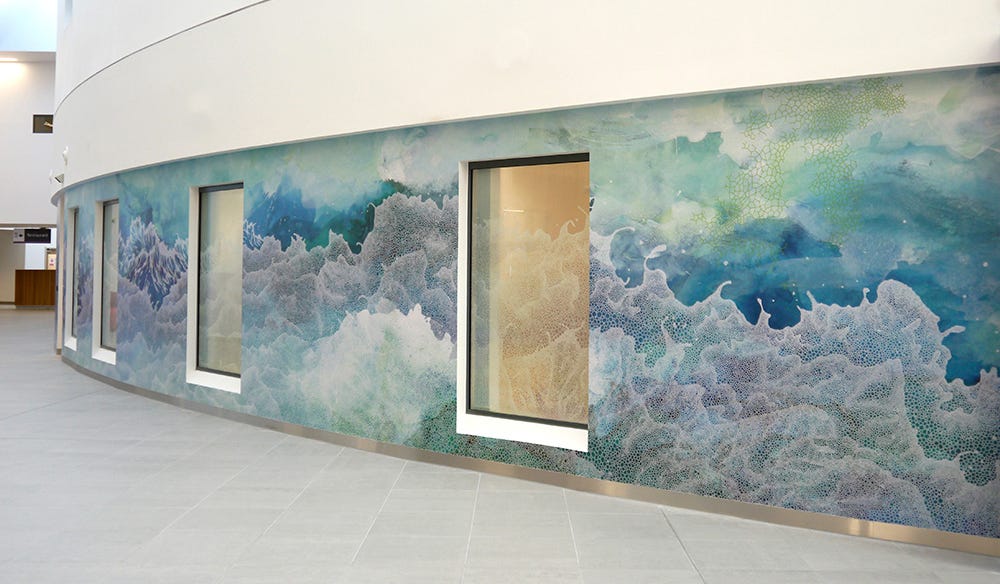
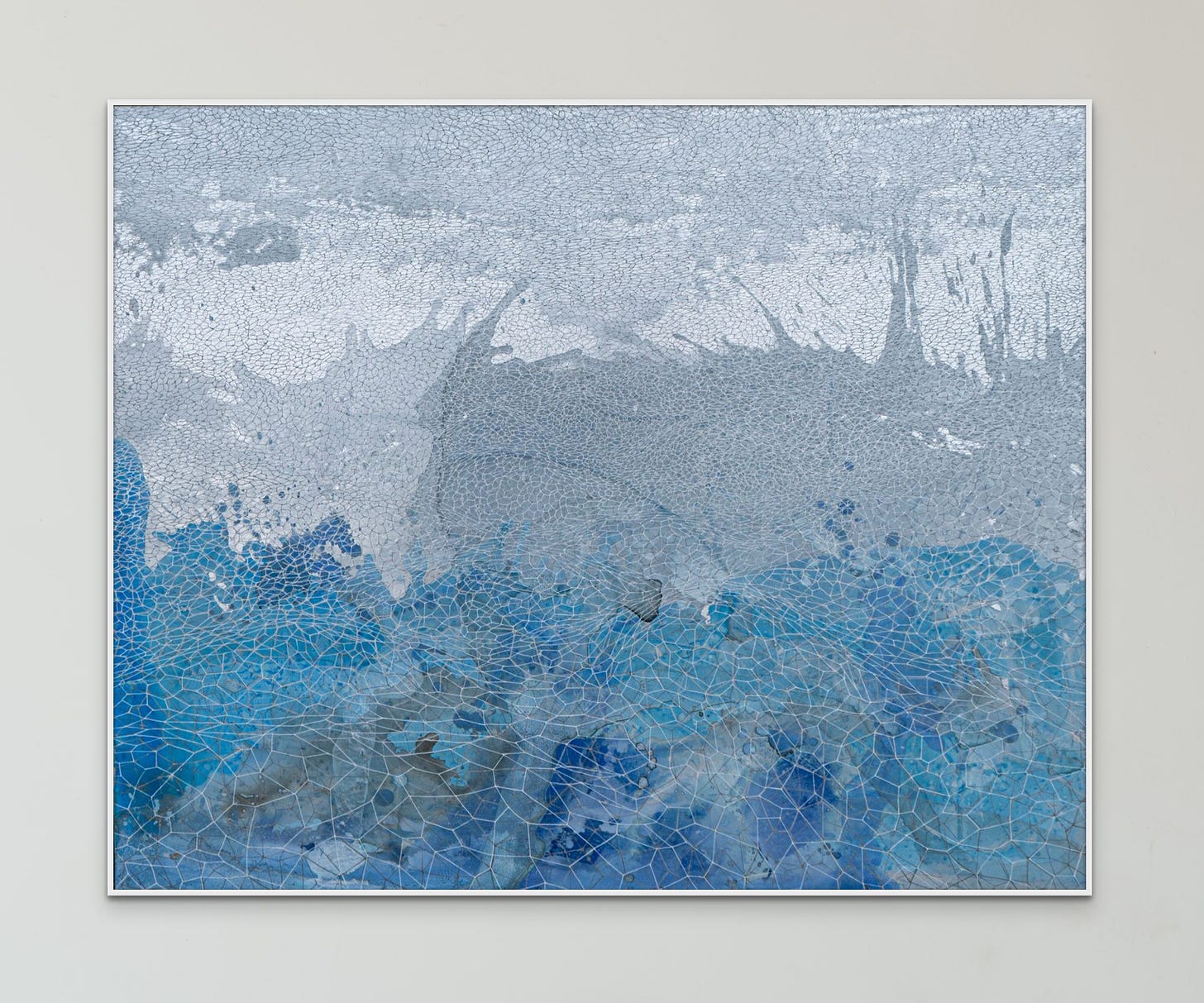
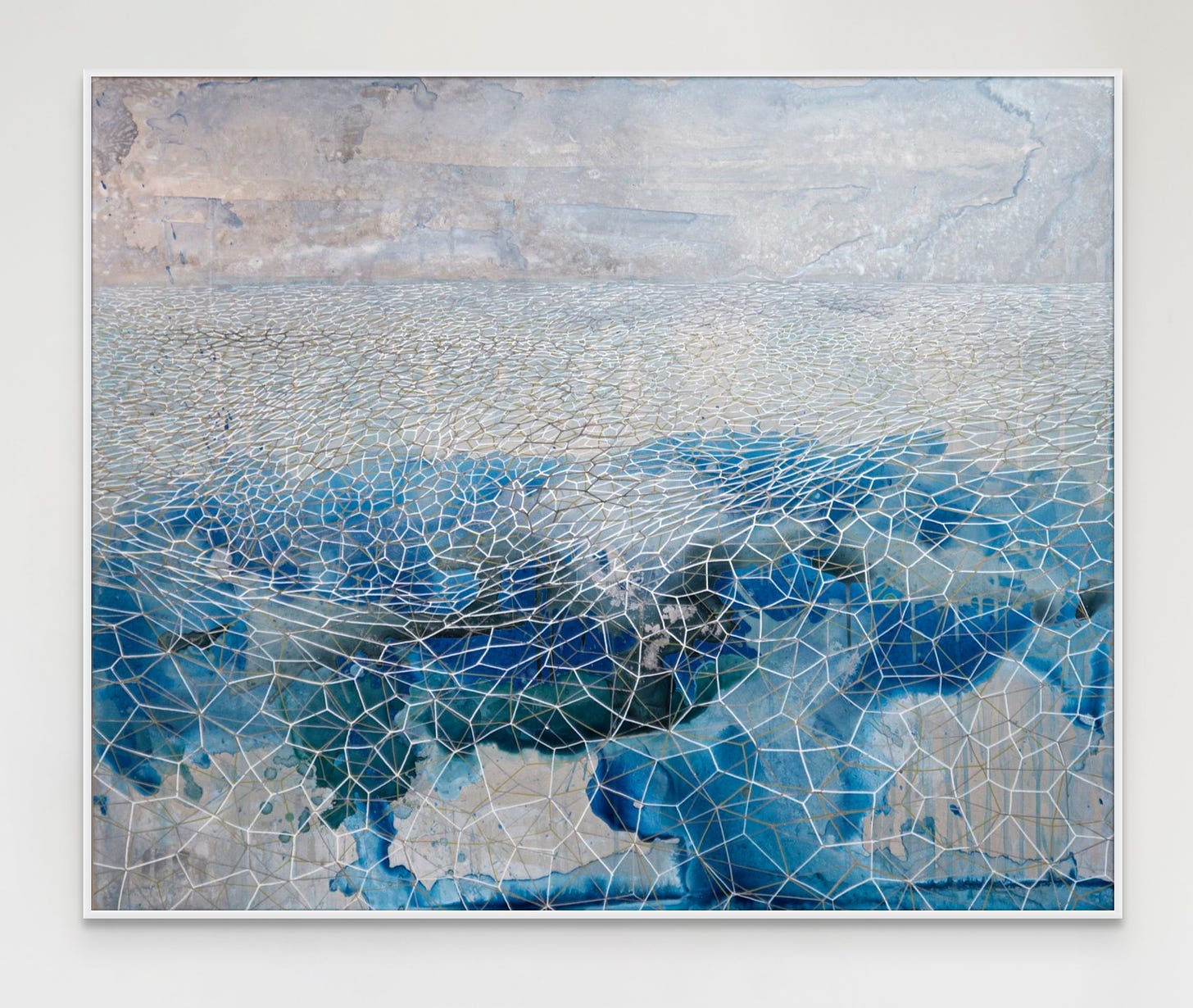
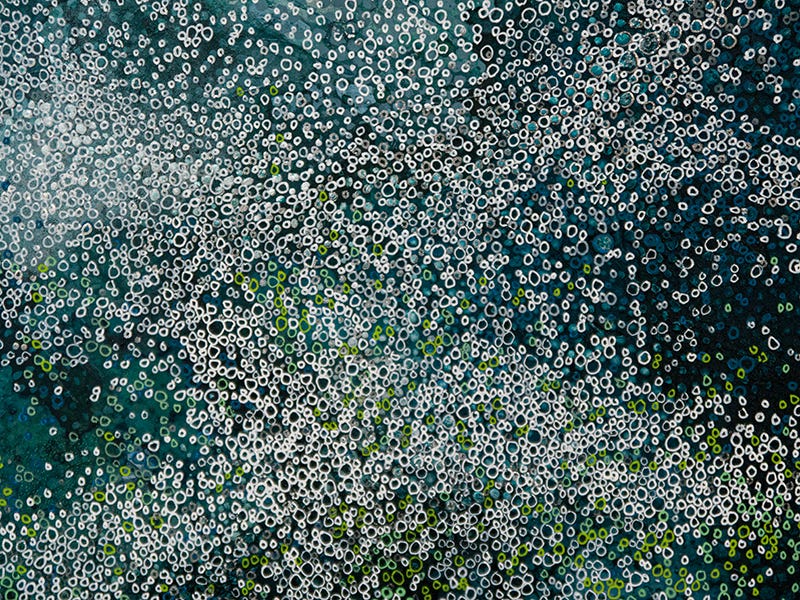
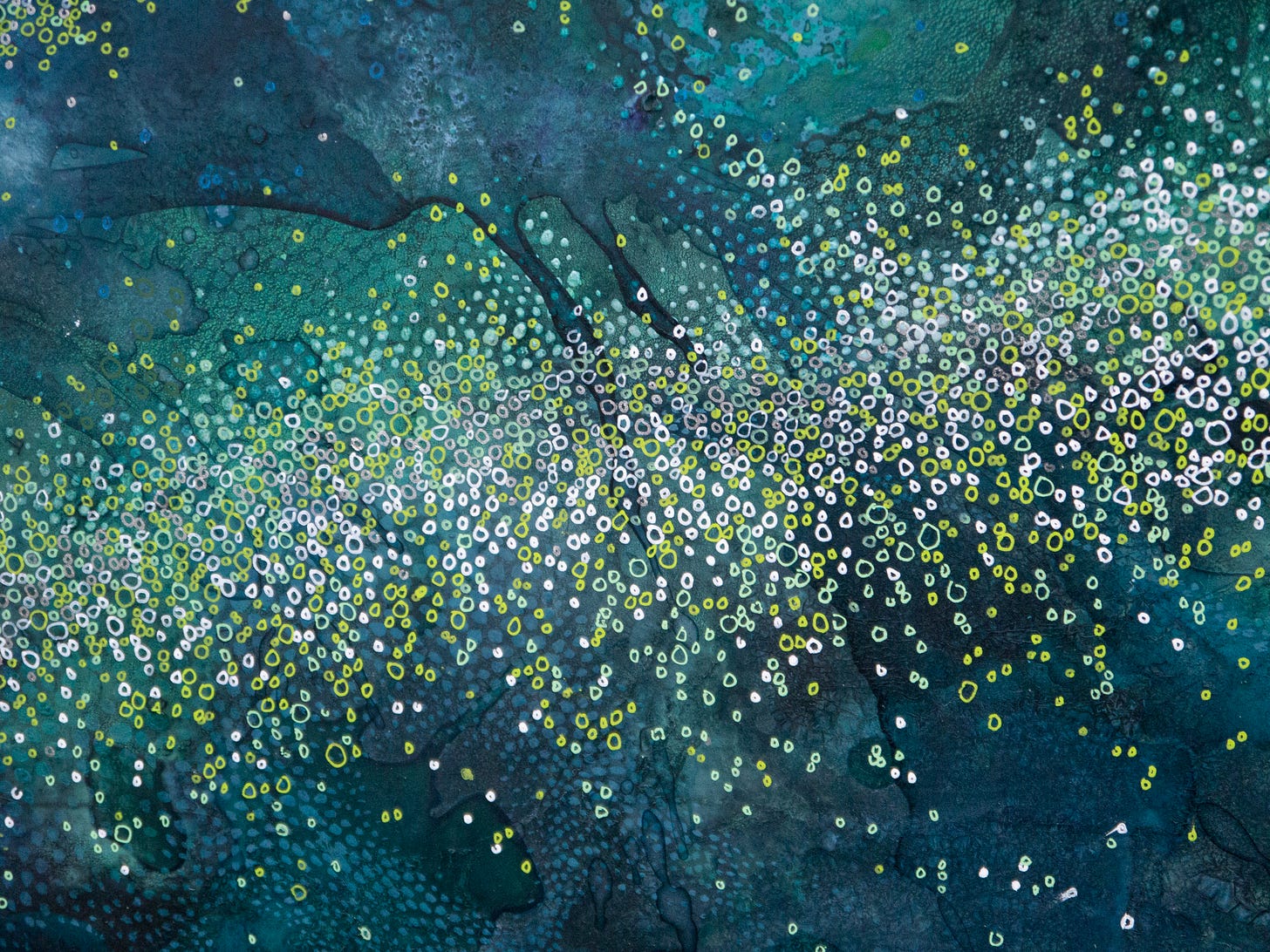
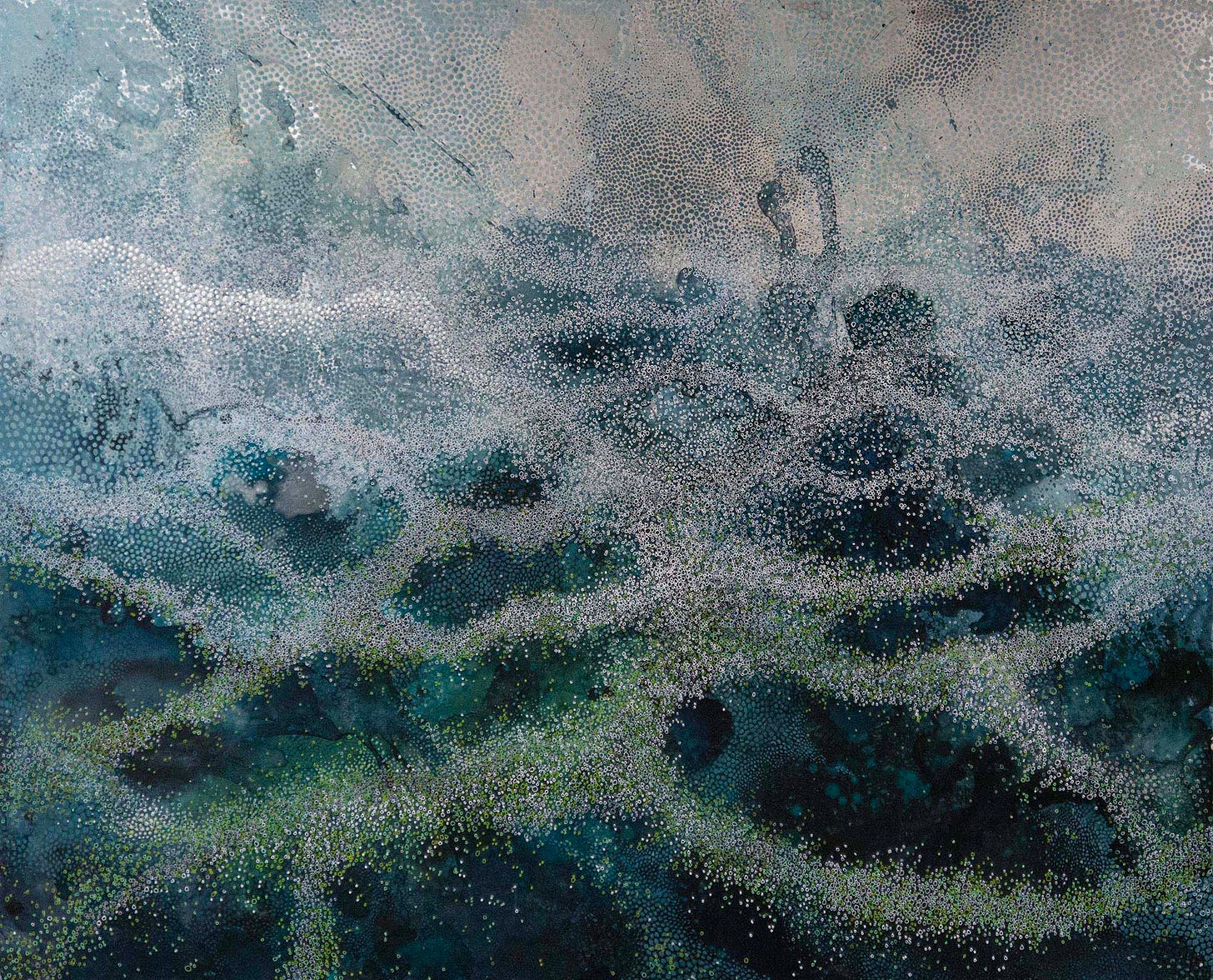
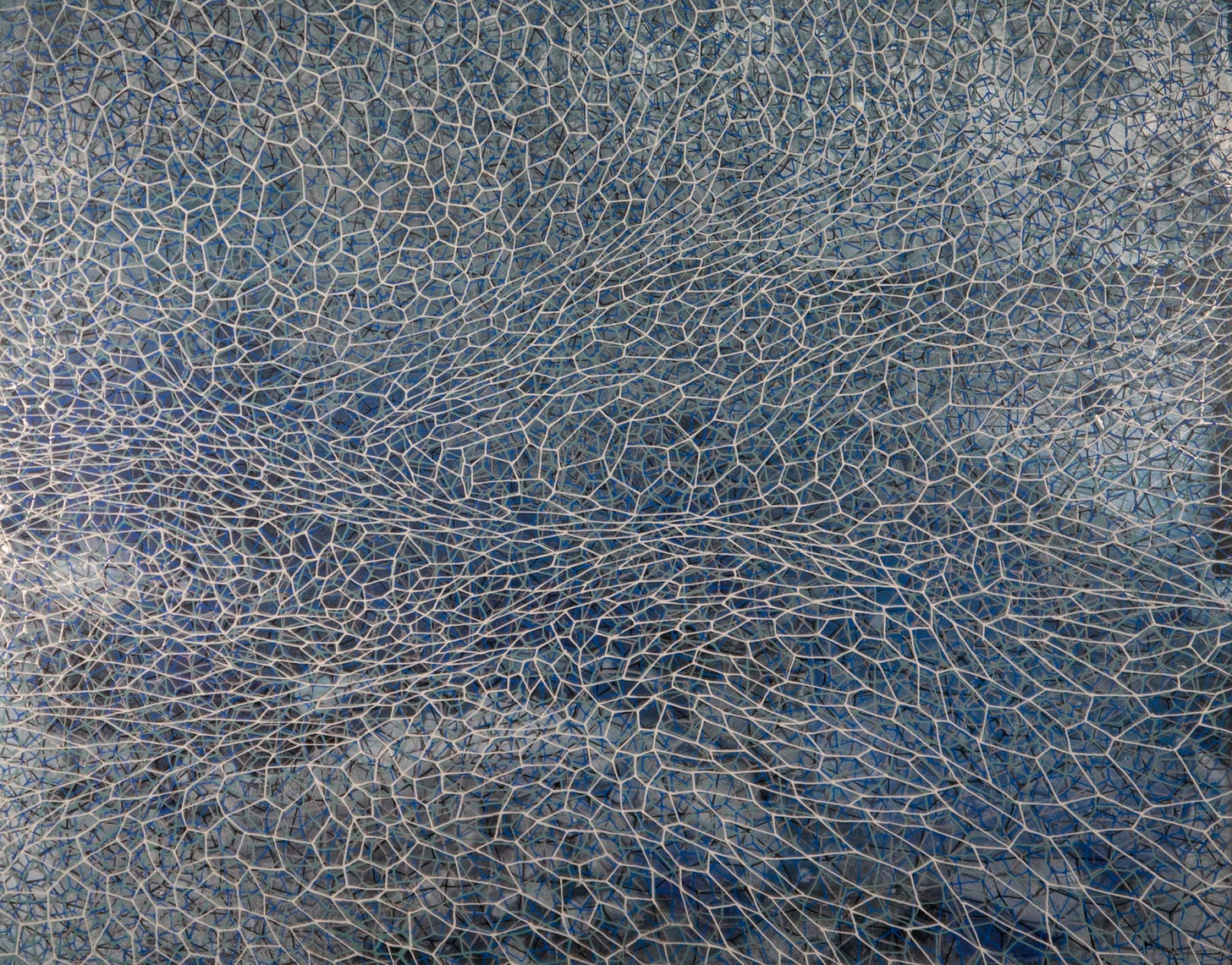
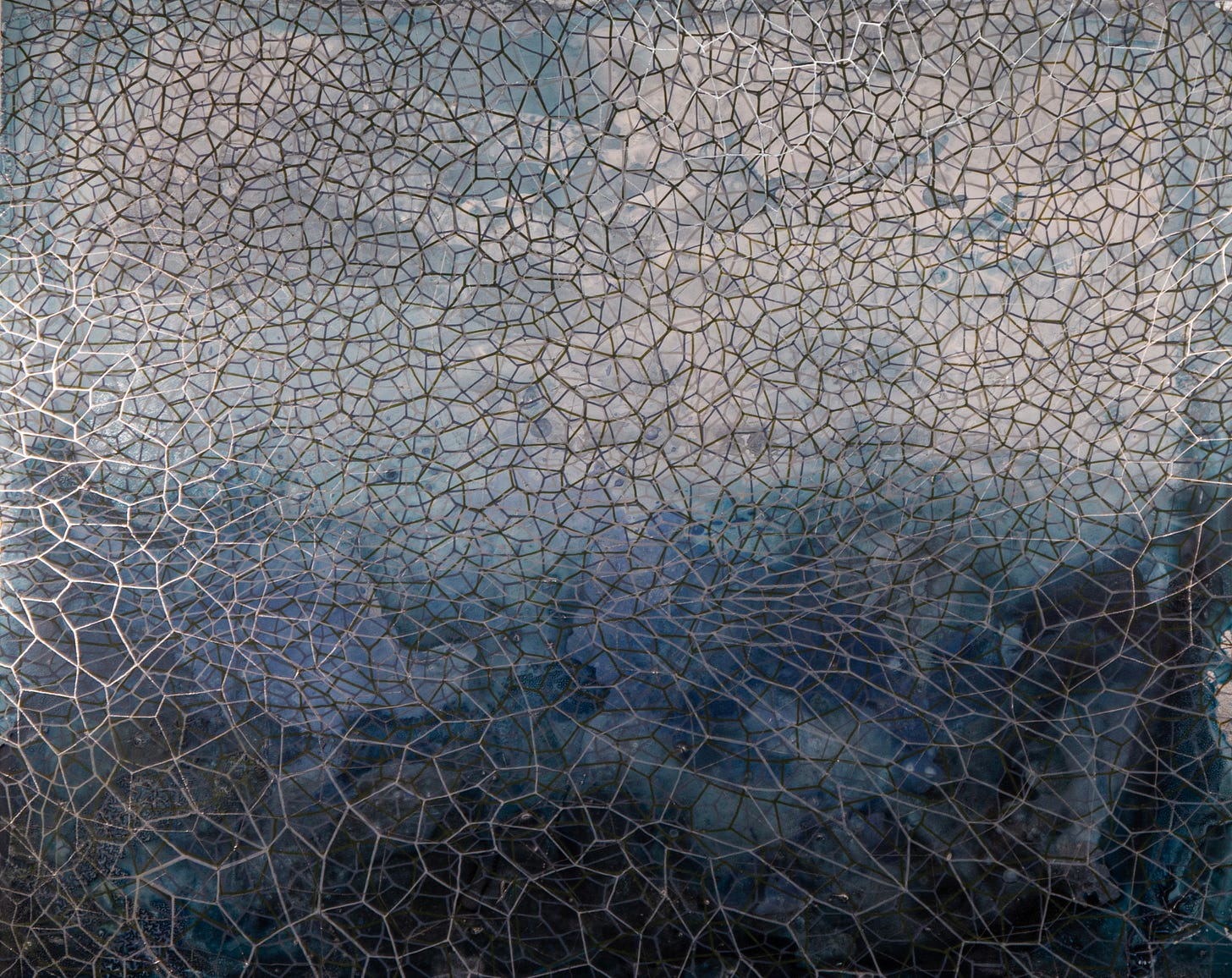
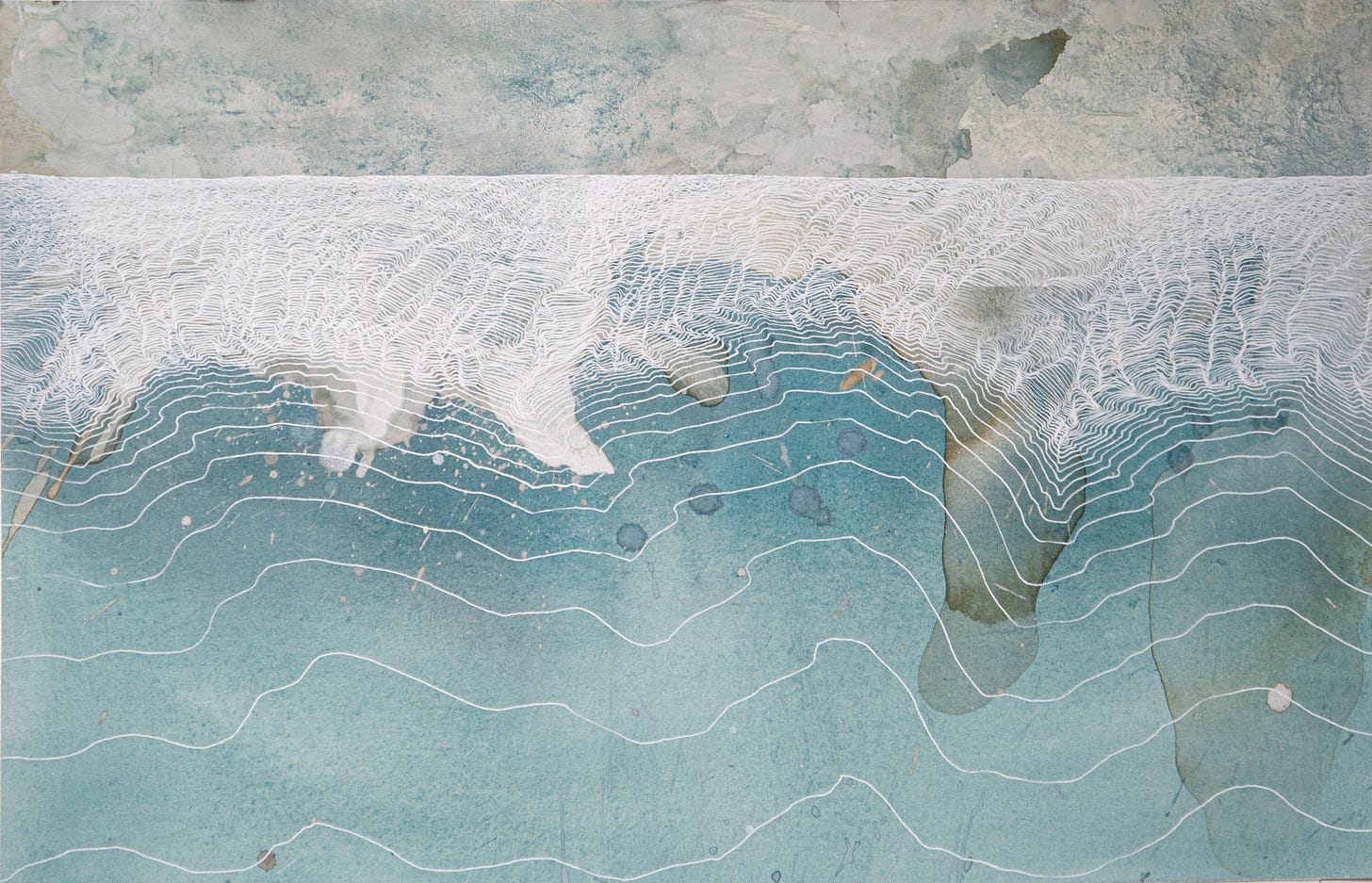
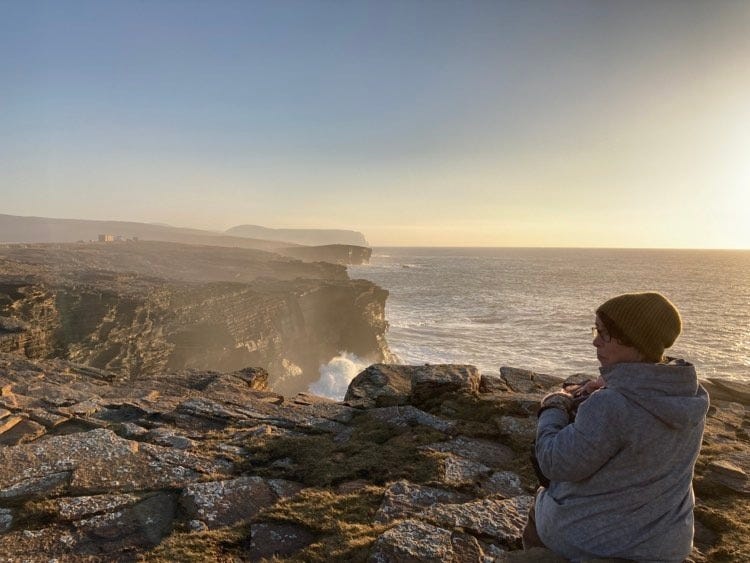
This interview and the images blew me away. After a few days' thought, they served as the spark for a new short essay on softness, “edge” and clarity.
That is to say, I really appreciated the clarity, rigorousness and depth of the discussion and the work.
Apologies if my use of tags has been off-base, by the way. Never did social media with strangers before (have facebook, but it's not open) and am trying to sort out the etiquette.
What a pleasure to read this interview! I was sorry to miss the coworking sessions, but had appointments. Will return next week.